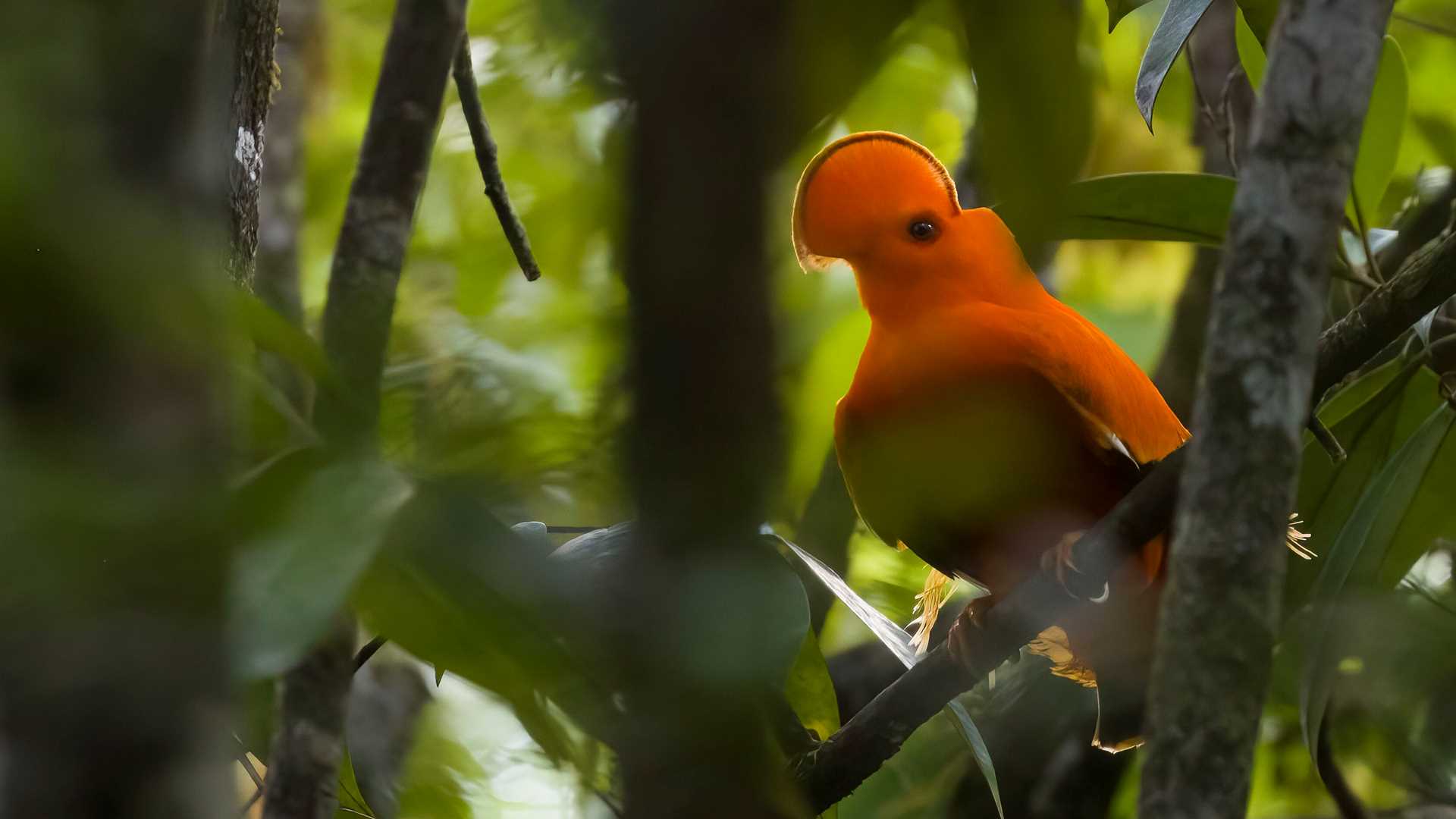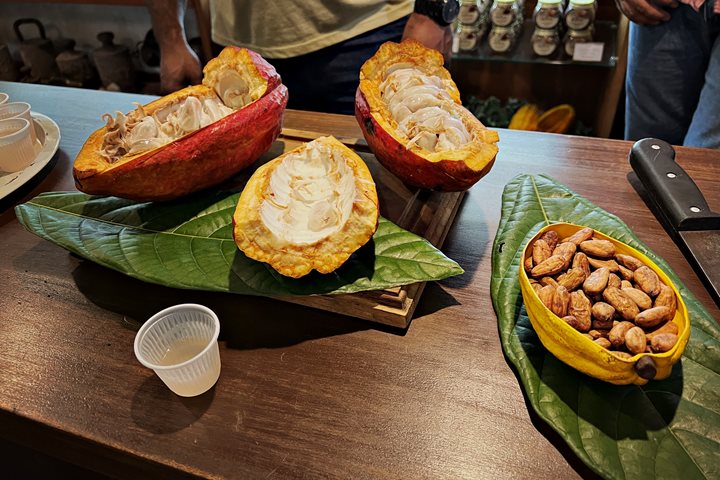This morning, we woke up to find ourselves at the busy port of Georgetown, where National Geographic Explorer docked during the night. As the country’s capital and largest city, Georgetown is also a melting pot of several cultures. It is a fascinating place, as we got the chance to see on our way to the local airport. A tremendously rich mixture of African, Hindu, Chinese, British, Dutch, and native cultures (among others) makes for a picturesque and interesting place. We had the pleasure of watching a group of local Guyanese musicians perform for us at the dock in front of the ship. They mesmerized us with the rhythm and power of their drumming and provided an excellent introduction to the culture of this very unique city.
At the airport, we boarded small planes to fly about 150 miles southwest of Georgetown. We passed over a green carpet of tropical rainforest to arrive at one of the country’s crown jewels, Kaieteur Falls. It doesn’t matter how many waterfalls you have seen during your life; nothing compares to Kaieteur. Water from the Potaro River falls an incredible 820 feet, dropping an astonishing 30,000 gallons per second over a 400 feet wide edge. Those numbers are certainly very impressive, but the sight of the falls is absolutely marvelous. Kaieteur Falls are reputed to be the world’s highest single-drop waterfall, five times the size of Niagara Falls. What a magnificent sight!
Although the waterfall itself is worth the flight to this very remote location that is inaccessible by other means, we also had the opportunity to learn about the tropical rainforest and many of its inhabitants. We walked several jungle trails to various viewpoints and saw an astonishing variety of plants. In some of the large bromeliads, small pools of rainwater accumulate at the base of the leaves. In these pools, we found several small frog species, including the gorgeous golden rocket frog. Birders and non-birders alike enjoyed watching a group of Guianan cock-of-the-rock males. They competed for the attention of females at a lek. Leks are specific patches of forest that males use for display during the breeding season. What a truly beautiful bird and a highlight for all the birders onboard!
Back in the planes, we were sweaty but extremely happy for the pleasure of experiencing such a wild and remote place where we watched the magnificent Kaieteur Falls. The falls are certainly Guyana’s crown jewel.







